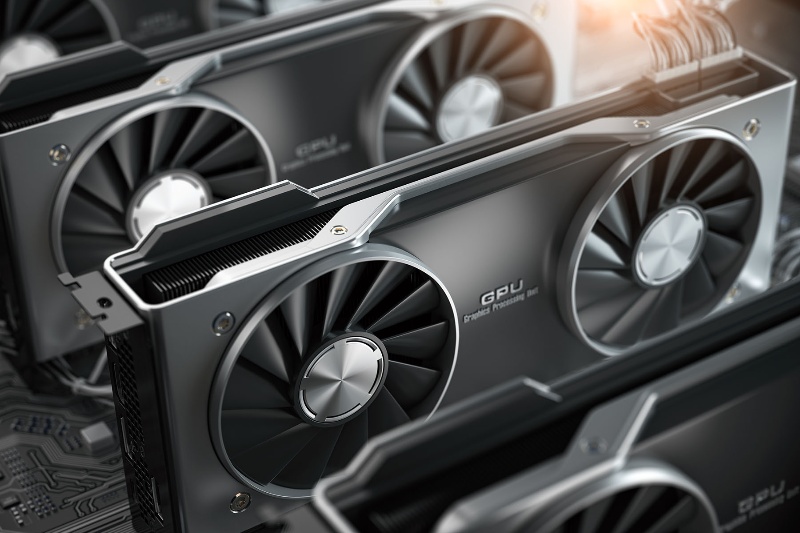1. Introduction
The term “NVIDIA Tesla GPU” still echoes through data centers worldwide, even years after NVIDIA retired the brand. From 2007 to 2020, Tesla cards pioneered GPU computing—transforming researchers’ workstations into supercomputers. Today, while the A100 and H100 wear “Data Center GPU” badges, professionals still say: “We need more Tesla-grade power.”
But here’s the reality shift: Modern AI demands more than raw silicon. Managing H100 clusters requires intelligent orchestration—where WhaleFlux bridges ambition and efficiency. Let’s explore Tesla’s legacy and why today’s GPUs need smarter management.
2. NVIDIA Tesla GPU Legacy: Foundation of AI Acceleration
Groundbreaking Models
Tesla K80 (2014):
- The “dual-GPU” workhorse with 24GB memory.
- Revolutionized scientific computing (e.g., genome sequencing).
Tesla V100 (2017):
- Introduced Tensor Cores—accelerating neural networks 9x.
- Birthed the transformer model era (BERT, GPT-2).
Tesla A100 (2020):
- Final Tesla-branded GPU with 5x speedup over V100.
- 40GB HBM2 memory + multi-instance GPU support.
Key Contributions
- CUDA Ecosystem: Democratized parallel computing—researchers could code GPUs like CPUs.
- Early LLM Enabler: Without V100s, models like GPT-3 wouldn’t exist.
3. Modern Successors: Data Center GPUs Demystified
Today’s “Tesla equivalents” train trillion-parameter models:
H100:
- Tesla A100’s successor.
- 30× faster LLM training via Transformer Engine + FP8 precision.
H200:
- 141GB HBM3e memory—feeds massive models like liquid data.
RTX 4090:
Cost-efficient inference partner (handles 1000+ concurrent queries).
Unified Architecture:
- NVLink 4.0: 900GB/s GPU-to-GPU highways.
- FP8 Precision: 4× higher AI throughput vs. FP16.
4. Why Raw Power Isn’t Enough: Enterprise Challenges
Resource Waste
- Average GPU idle time: 60%+ in unoptimized clusters.
- Result: $18k/month wasted per H100.
Complex Scaling
- Manual load balancing across 8+ GPUs causes:
Network bottlenecks.
Job collisions (training vs. inference).
Cost Pressures
- Upfront Costs: 8x H100 cluster = $500k+.
- Cloud Markup: Up to 300% vs. on-prem.
- *”An H100 cluster idling at 40% burns $500/hour.”*
5. WhaleFlux: Intelligent Management for Modern NVIDIA GPUs
“WhaleFlux transforms NVIDIA’s silicon (H100/H200/A100/RTX 4090) into turnkey AI solutions—rent or buy monthly, no hourly billing.”
Solutions
Auto-Optimized Clusters:
- Dynamically allocates workloads → 50% higher GPU utilization.
- Example: Shifts idle H100s to overnight inference jobs.
Cost Control:
- Identifies & reclaims underused resources → 40% lower cloud spend.
Seamless Scaling:
- Deploy mixed fleets (A100s + H100s) in 1 click → no config headaches.
Real Impact
*”Finetuning a 70B-parameter LLM on WhaleFlux-managed H100s: Completed in 11 days vs. 20 days manually—saving $82,000.”*
Flexible Access
- Purchase: For long-term R&D.
- Rent H100/H200/A100/RTX 4090s: Monthly terms (1-month min, no hourly).
6. Conclusion
NVIDIA Tesla GPUs ignited the AI revolution—but modern H100s and H200s demand evolved management. Raw teraflops alone can’t solve idle resource waste or scaling complexity.
WhaleFlux delivers the missing layer:
- It replaces Tesla-era manual tuning with AI-driven orchestration.
- It turns GPU clusters into efficient, self-optimizing engines.
- It offers financial flexibility: Own your hardware or rent it monthly.
Stop overpaying for underused GPUs. Discover WhaleFlux today—deploy Tesla-grade power without Tesla-era complexity.
FAQs
1. What was the significance of the NVIDIA Tesla series in the evolution of GPU computing?
The NVIDIA Tesla series pioneered the use of GPUs for general-purpose parallel computing (GPGPU), establishing the architectural foundation for modern AI acceleration. It shifted GPUs from graphics-specific tasks to enabling breakthroughs in high-performance computing and deep learning.
2. How have modern NVIDIA GPUs like the H100 and H200 built upon the Tesla legacy?
Modern data center GPUs like the H100 and H200 have evolved from the Tesla lineage by incorporating specialized AI cores (Tensor Cores), advanced NVLink interconnects, and support for larger, more complex models. They deliver orders of magnitude higher performance for AI training and inference.
3. What are key optimization challenges when managing multi-GPU clusters with modern NVIDIA cards?
Efficiently distributing workloads across multiple GPUs (e.g., A100, H100), minimizing communication bottlenecks via NVLink/InfiniBand, and maintaining high utilization rates across diverse AI jobs are critical challenges. Poor orchestration can lead to underused resources and increased costs.
4. How does WhaleFlux help optimize infrastructure built on modern NVIDIA GPUs?
WhaleFlux is an intelligent GPU resource management tool designed for AI enterprises. It optimizes multi-GPU cluster utilization by dynamically scheduling workloads, reducing idle time, and streamlining deployment—helping lower cloud costs while improving LLM deployment speed and stability.
5. Can WhaleFlux support a mix of NVIDIA GPU types (e.g., A100, RTX 4090) in one cluster?
Yes. WhaleFlux supports the full range of NVIDIA GPUs, including data center cards (H100, H200, A100) and consumer-grade models (RTX 4090). Clients can purchase or rent GPU resources tailored to their needs (note: hourly rental is not supported), and WhaleFlux manages hybrid clusters efficiently.

